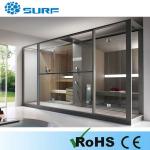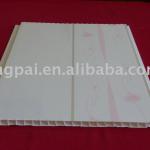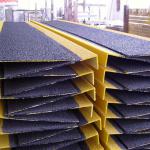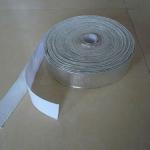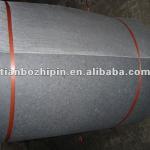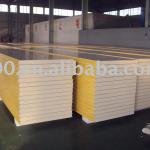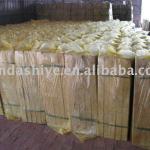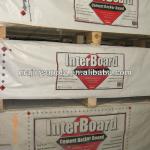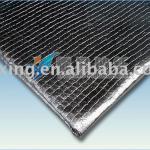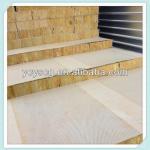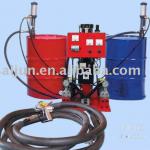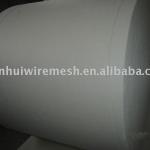microsilica powder
Microsilica is used as a highly active mineral concrete and cement agent and intended to mix high-grade concrete by strength - details see: https://www.buildingsupplieshub.com/microsilica-powder-10088369
| Place of Origin: Russian Federation | Brand Name: Stroymechanika |
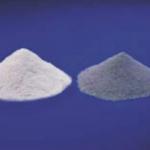
Microsilica is used as a highly active mineral concrete and cement agent and intended to mix high-grade concrete by strength, water resistance and high rust-proof quality.
Chemical characteristics
| SiO2 | Al2O3 | Fe2O3 | CaO | MgO | Na2O | K2O | C | S |
| 90-92% | 0,68% | 0,69% | 0,85% | 1,01% | 0,61% | 1,23% | 0,98% | 0,26% |
Physical characteristics
| Size of particles | <1mcr |
| Density - non-compacted - compacted - suspension | 130 - 350kg/m³ 480 - 720kg/m³ 1320-1440kg/m³ |
| Surface area | 13 000-30 000m²/kg |
- Strength gain
Microsilica can ensure the compressive strength, much more exceeded the strength of normal concretes, and this is an aggregate strength that is the limiting factor here. At the application of natural aggregates the strength more than 150 N/mm² is reached, and at the application of special high-strength aggregates, the strength of 300 N/mm² can be reaches. - Penetrability
The effect of interstices filling created by pozzolanic spherical microparticle, favours to low theconcretecapillary porosity and penetrability. Practically the impenetrable concrete can be received at reasonable microsilica content and rather low type I cement content. As microsilica effects more the penetrability than the strength, the concrete with microsilica will be always lesspermeable, than the concrete in type I cement of the same strength. - Protection of reinforcement
In Norway and Sweden the studies of concrete buildings at the age of 12 years showed that high-qaulity concretes with microsilica are not less stable to be carbonized than the concretes of the same strength on ordinary Portland cement and prevent much better the penetration of salt water chlorides (the great quantity of laboratory measurements of reinforcement corrosion are made. It is safe to say that on condition of proper curing the capacity of concrete with microsilica to protect steel reinforcement will not differs a lot as compared with concrete of the same strength on ordinary Portland cement). - Freeze-thaw durability
The low permeability and augmented cement stone density provide the good freeze-thaw durability of microsilica concrete. Themicrosilicaiscombinedwiththeair-entrainingagents. In fact the stable rheological structure of plastic microsilica concrete reduceses the loss oftheentrained air at transportation and vibration. - Chemical influence
It is knownthat the low permeability and low free lime content improve the concrete resistance to influence of aggressive chemicals. The microsilica concrete is possessed of all these features and shows the excellent resistance to many foreign substances. The long-term field tests in Norway showed that it was compared with sulfate resistant Portland cement by its resistance tosulfates.
Economy
the application of condensed microsilica in the mass construction allows to save 40% of cement not worsening the concrete characteristics and reducing the heat energy at heat and humidity processing of articles.
| Packaging Detail:in bags of 25 kg |
| Delivery Detail:within 15 days from the date of advance payment |



